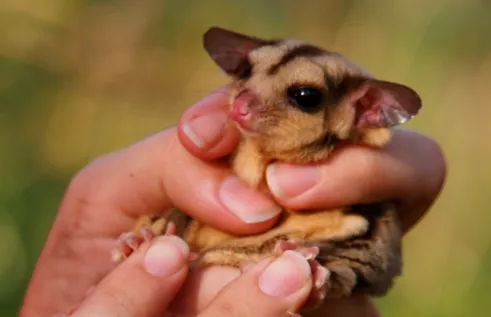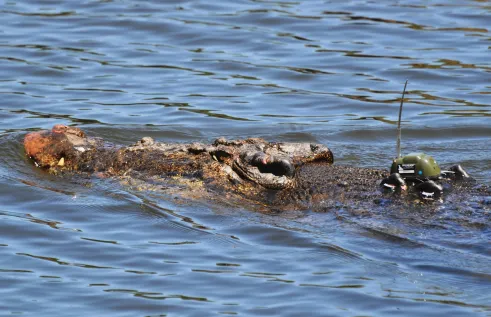Why investigate biodiversity conservation with RIEL?
North Australia & SE Asia’s outstanding biodiversity is of global importance
Habitats here, including monsoon vine thickets, stone country, mangroves and billabongs, are often still poorly understood
Biodiversity is key to ecosystem processes and services, and supports many industries and livelihoods
Biodiversity and conservation
RIEL strives to make a real-world impact. We collaborate and engage with a wide range of research and industry partners, ensuring that our research contributes to the sustainable management of tropical and arid ecosystems.
Indigenous partnerships are an intrinsic part of our research approach.
Download biodiversity and conservation flyer (PDF, 748.69 KB)
Our work includes:
- Aligning Australia’s threatened species assessments with global standards;
- Identifying major drivers of species threat and extinction, for improved management;
- Improving conservation and management of threatened marine species, including sharks and rays;
- Researching climate change adaptation of threatened species beyond their normal home range;
- Predicting ecological impacts of climate change on aquatic and terrestrial ecosystems in northern Australia and globally;
- Understanding growth performance and physiological range of weed species for targeted management;
- Reconstructing eco-hydrological function of woodlands at mine sites;
- Developing innovative technologies and analysis techniques to understand land use and climate change impacts on native flora and fauna;
- Assessing the ecological response of native birds and mammals to fire management regimes.
People and projects snapshot
-
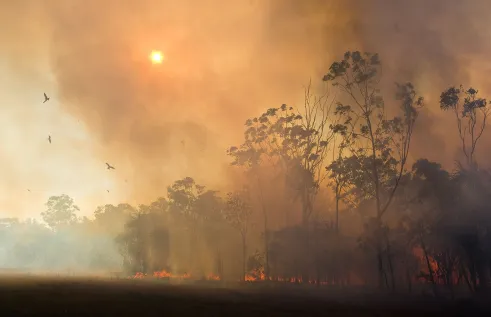
Declining small mammals in the Top End
The distribution of the common brushtail possum across Northern Australia has declined by 72 per cent over the years. Their decline is linked to frequent hot bushfires and feral cats. Fires change the availability and density of shrubs making the possums more easily detected, hence preyed upon.
Read more -
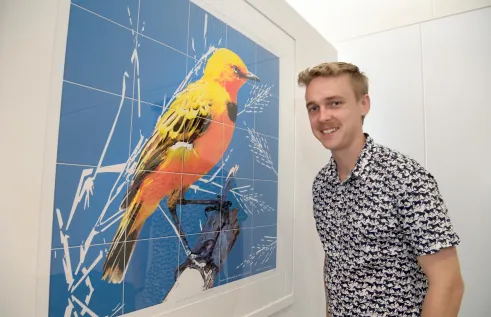
Yellow chats in Kakadu National Park
Our PhD candidate Robin Leppitt has been researching the Alligator River yellow chat in the Kakadu floodplains. Robin has been collaborating with the Traditional Owners as the threats to the yellow chat are also threatening their traditions and livelihoods.
Read more -
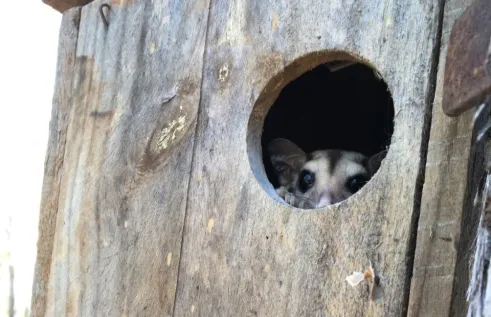
Tree hidey-holes key to helping slow declines of small mammals
A decline of natural tree hollows is forcing arboreal mammal numbers to fall, according to a new study exploring why these species are disappearing in Northern Australia.
Read more
Interested in biodiversity conservation?
Publication snapshot
-
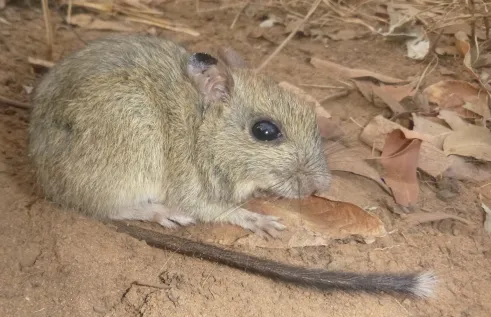
Meaningful monitoring in the Tiwis
Monitoring is a critical component of threatened species conservation but requires sufficient power to detect and reliably estimate population trends. We show how a quantitative assessment of statistical power based on existing data can inform the design of monitoring to improve our ability to detect declines in the threatened brush-tailed rabbit-rat on the Tiwi Islands.
Read more -
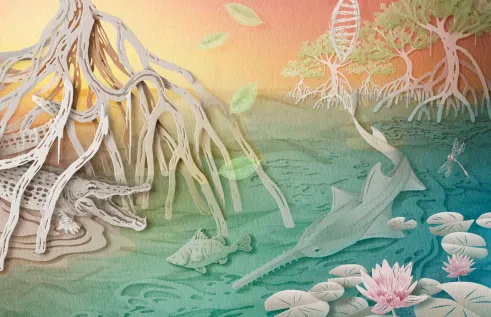
Swabbing toad skin
We detected higher proportions of bacteria with antifungal properties from cane toad skin swabs in Queensland, where toad and pathogen distributions overlap, than from other sites. This finding suggests that site-specific pathogen pressures help shape skin microbial communities.
Read more -

Learning lessons in the Amazon
An evaluation of the outcomes of the Amazon Turtle Program across 11 protected localities over 30 years suggest that there is a minimum effort necessary for positive conservation outcomes. We recommend maintaining or increasing program coverage due to high levels of local unpredictability.
Read more
